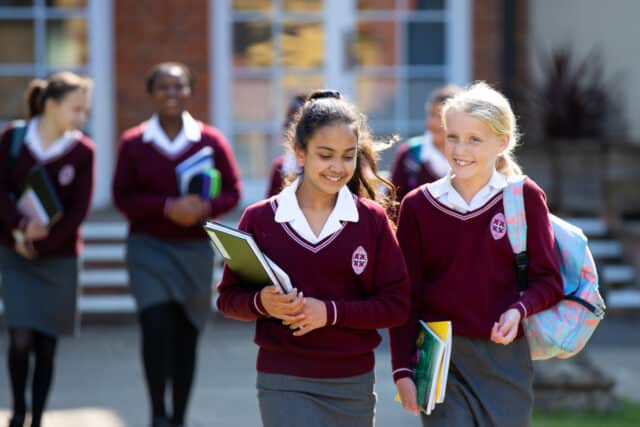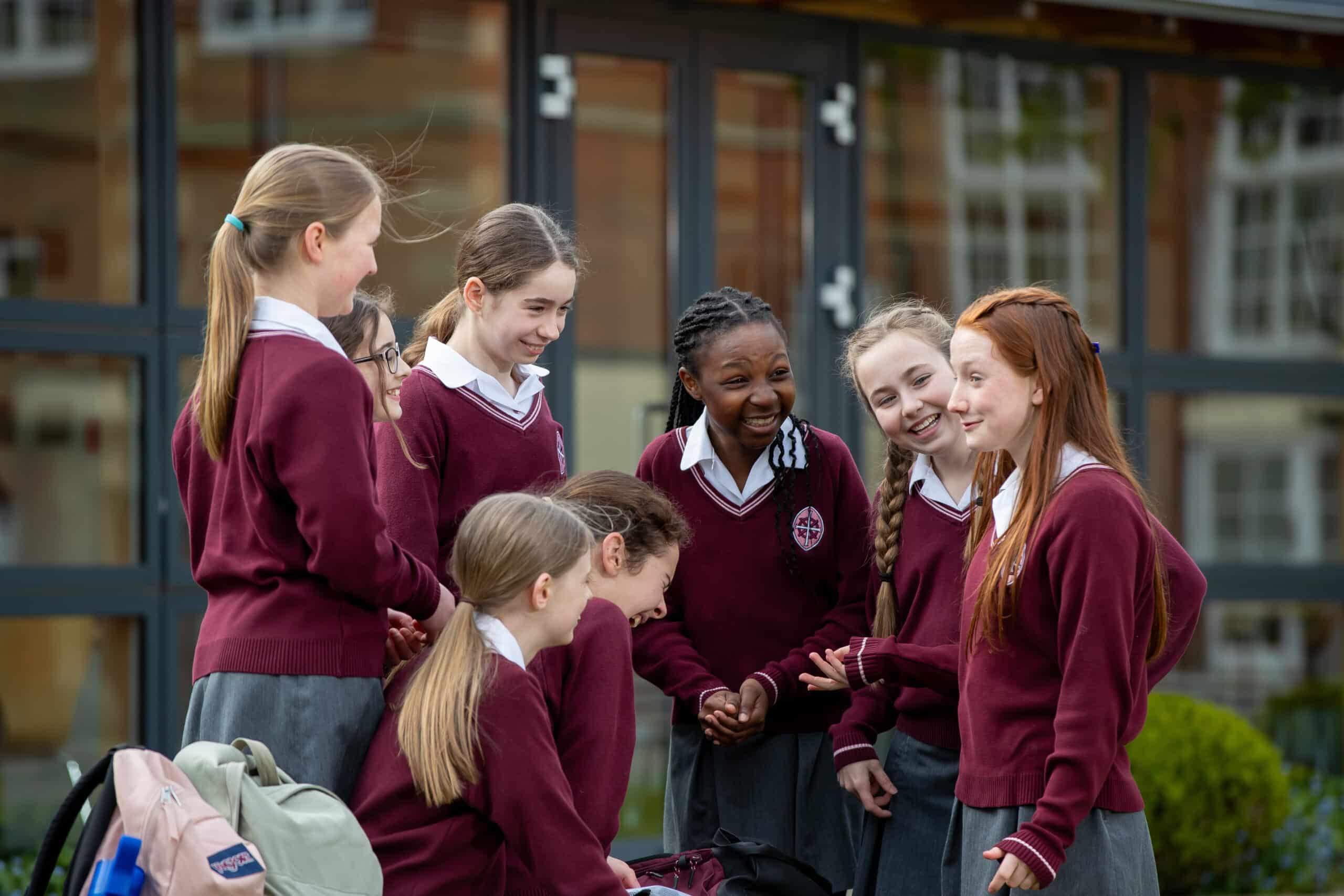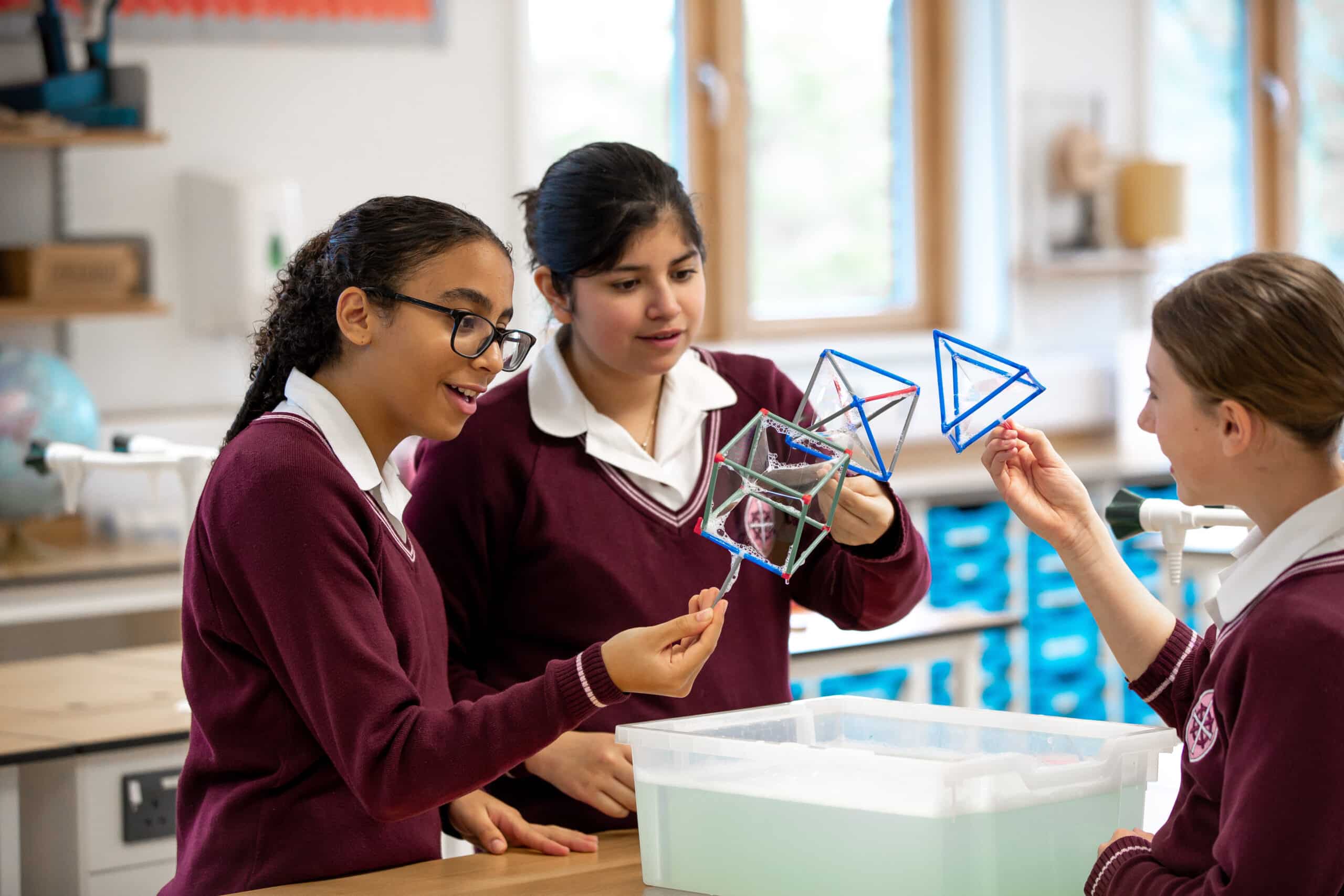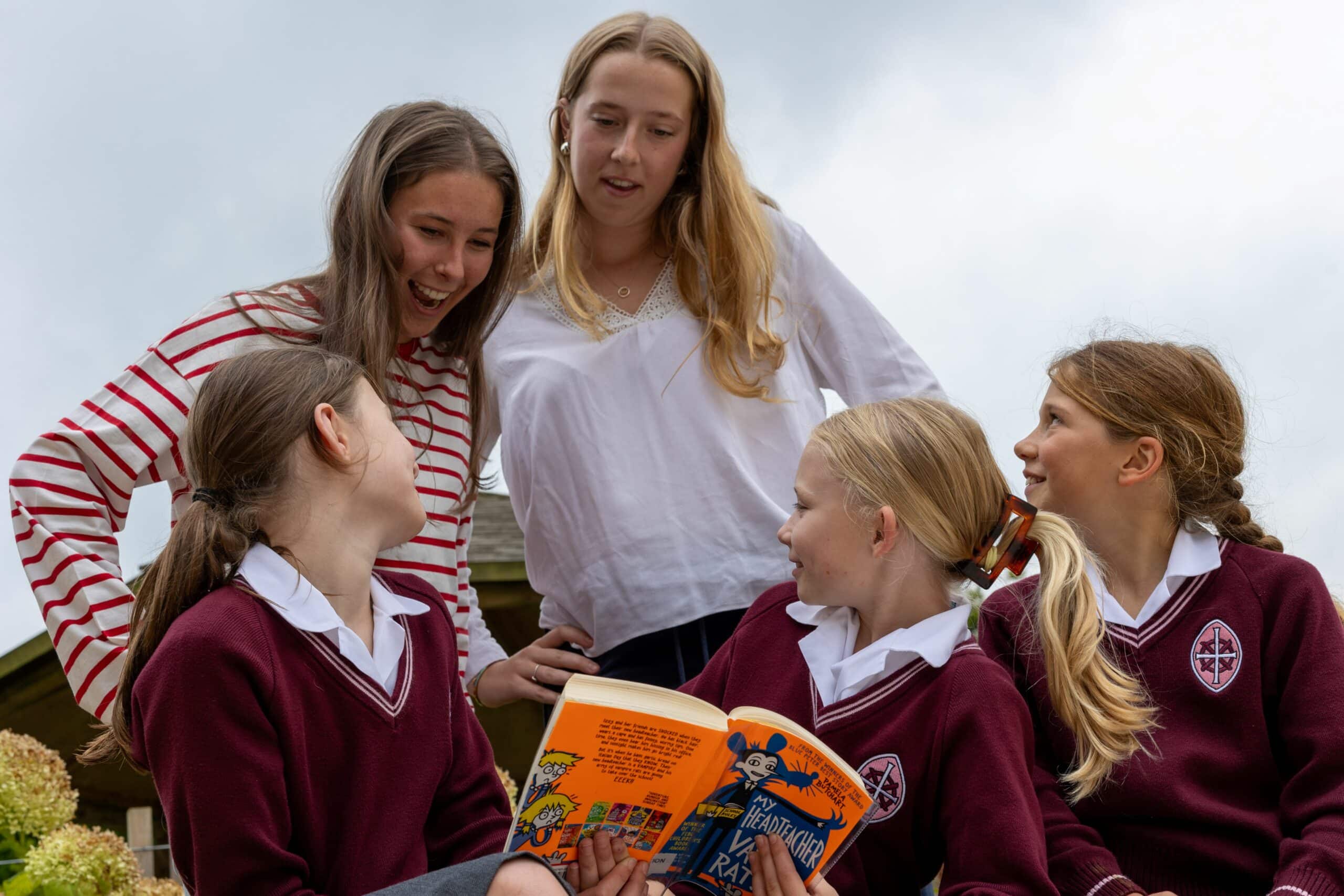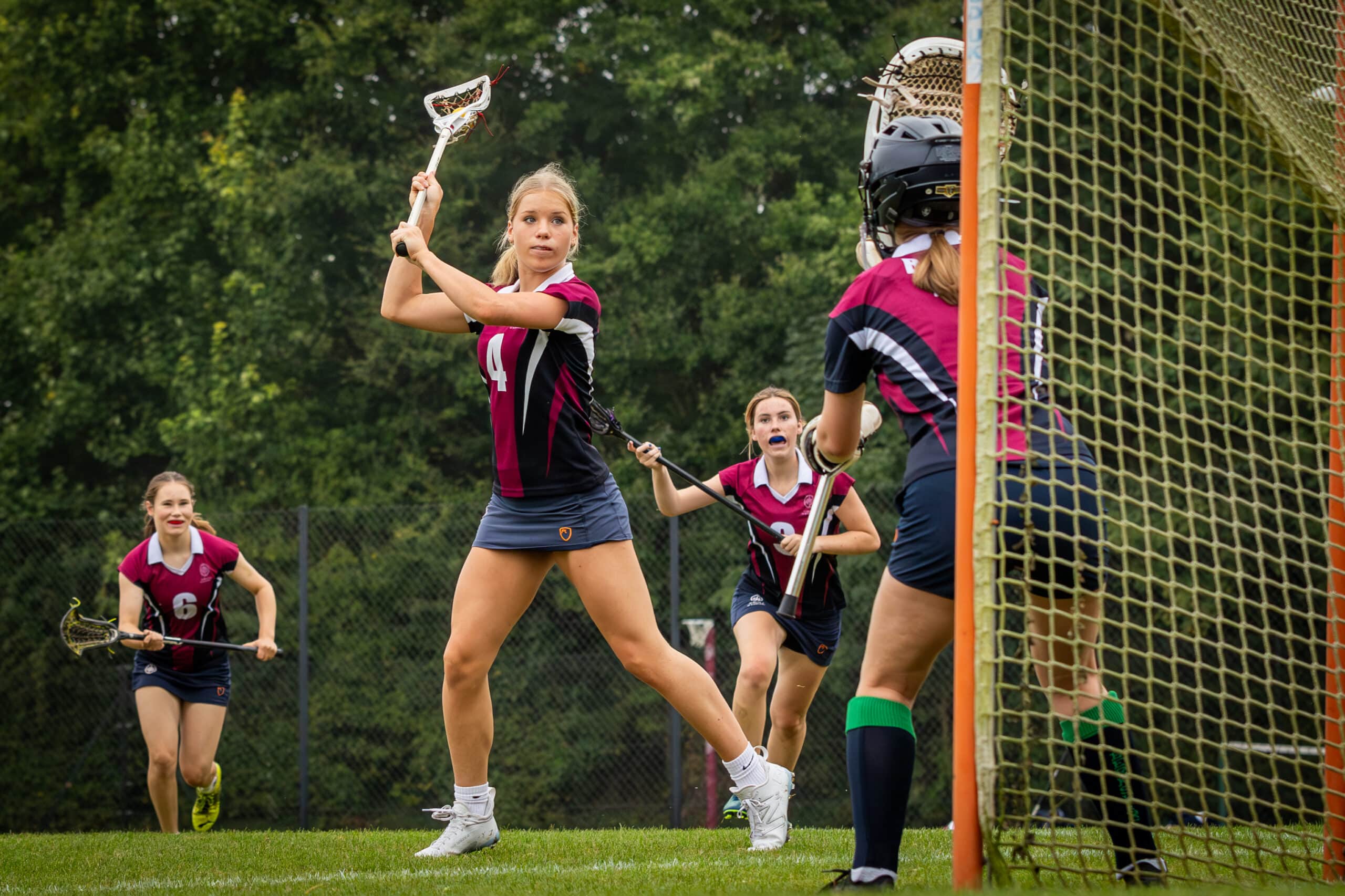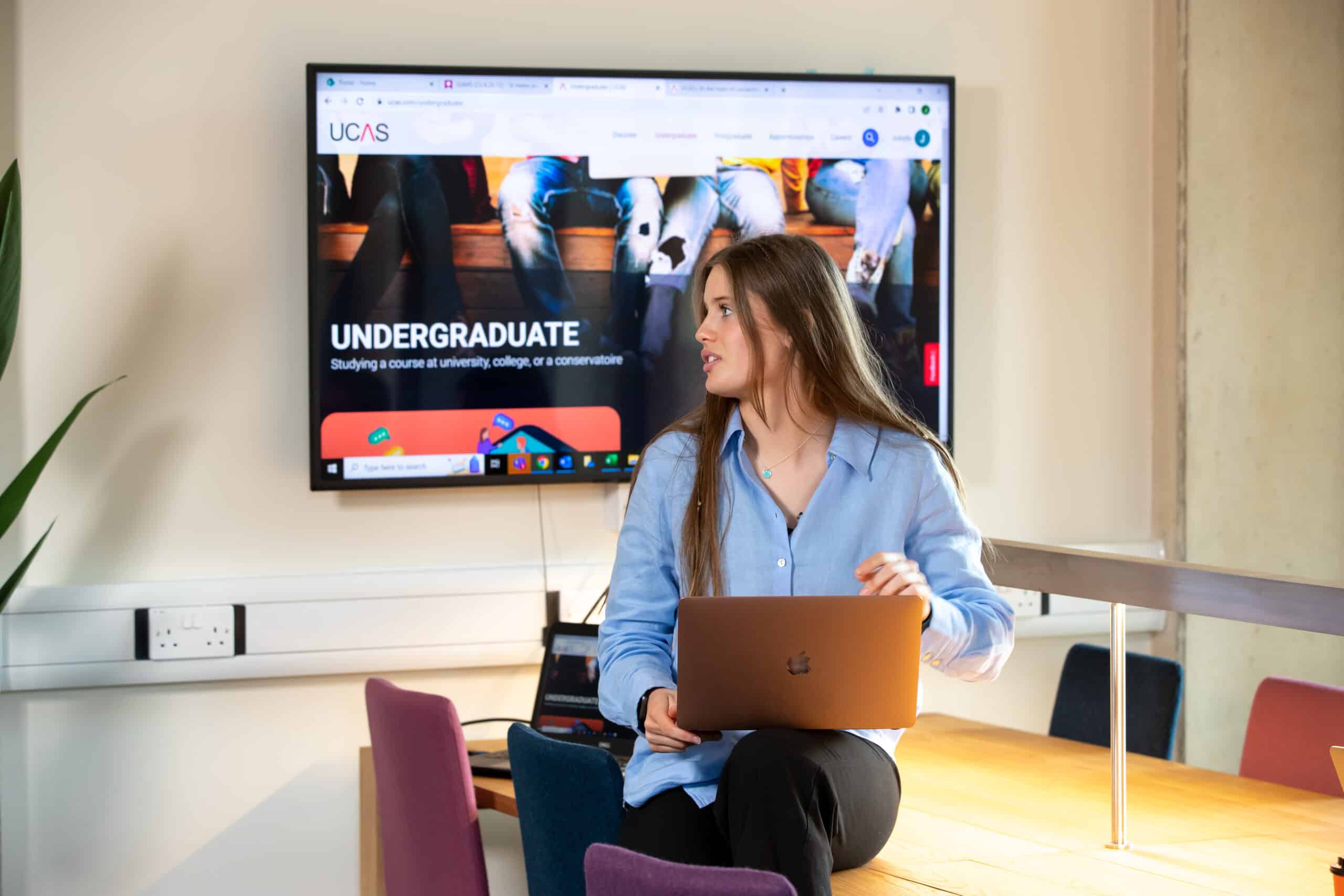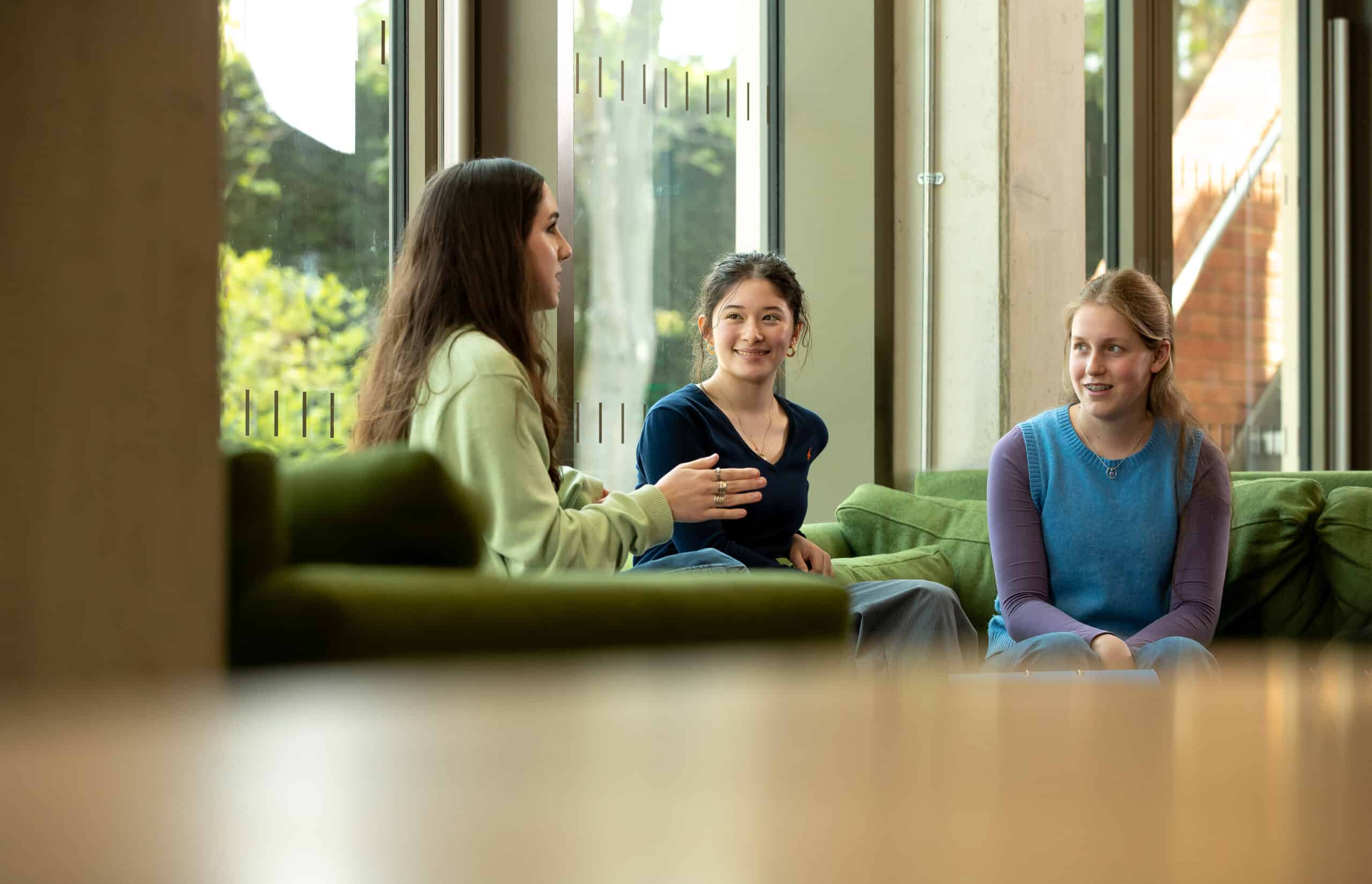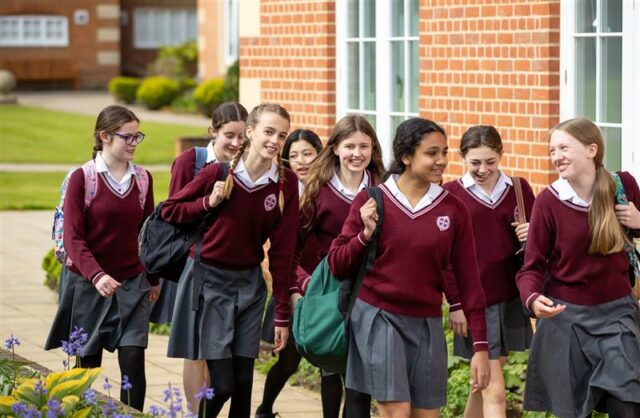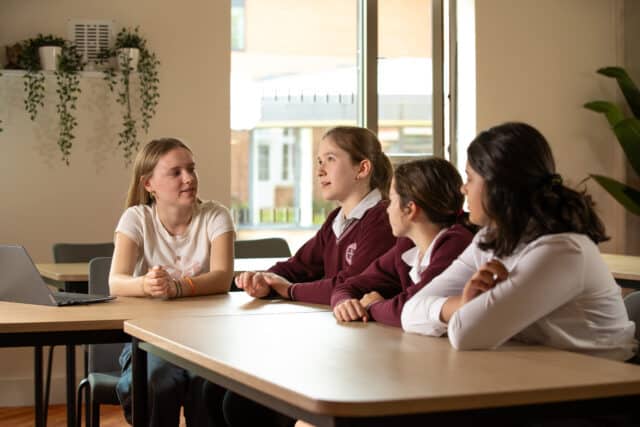Summer break, time for rest, recovery and regeneration for September…
September, yes, I know, I said it. The dreaded thought of the start of another year after having eight weeks of freedom and little structure. Whilst it’s important to rest, both mentally and physically, for our young people who will be returning for another term of weekly fixture blocks, maintaining a foundational level of fitness is essential to reduce the risk of injury and the improvement of skills and performance.
Our physical structures respond well to consistency, so when we have extended time off, our structures can begin to “de-train” reducing their robustness to training stress.
One of the most impactful stressors is total training volume, particularly when following periods of very low training volume. This spike creates a noticeably short window of adaptation for the body, which can lead to overuse injuries such as strains, often presenting in the calf, hamstring, groin and shoulder. We call this fluctuation in volume the acute: chronic workload ratio.
In school year groups 7–9, who may also be experiencing rapid rates of growth, this fluctuation in training volume can create a greater predisposition to growth and tendon-related injuries such as Sever’s, pars defects, Osgood-Schlatter’s and tendinopathies. These injuries often require greater recovery periods and ongoing load management.
So how can we go about balancing activity over the summer whilst optimising rest and recovery?
Avoid
- Two sessions of high-intensity exercise lasting longer than 60 minutes in one day
- Two consecutive days of high-intensity exercise
- Two competitive fixtures within 60 hours
Encourage
- Trying new sports and activities
- At least two full days away from structured activity
- Free, unstructured play outside with friends
- Athletic development sessions focusing on speed, body control and power development
Physical fitness/condition
For those students wishing to maintain or push towards A team representation or to be better at the sport of their choice, the summer is a great chance to work on technical weaknesses and improve their physical base. Some physical characteristics will be maintained longer than others, even when trained in small or no amounts. Below is a helpful table which shows which qualities should be regularly and less regularly supported to avoid detriment to those abilities. As you can see, speed and alactic endurance lead those qualities in fast, diminishing performance. However, speed, alactic endurance and anaerobic endurance could all be trained within the same session in under an hour with little or no equipment other than space.
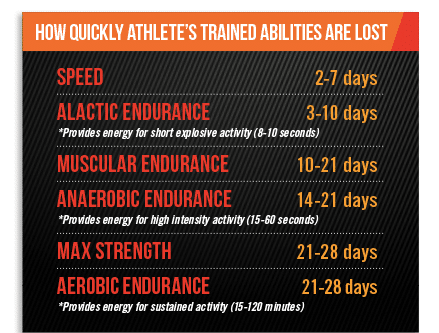

Following on from this, we provide all students in Years 9–Upper Sixth with summer athletic development programmes. These include:
- Non-equipment physical development – other than a robust towel and some space, there is no further equipment needed, and the session can be performed at home.
- Equipment physical development – this programme requires a gym or equipment often found in a gym
- Aerobic base – this programme is a mix of intervals, longer distance, shorter distance repeat efforts and recovery runs designed for all. A smartwatch/smart phone with running speed measuring capabilities (Strava, MapMyRun, Nike Fitness, Polar, Garmin) would be beneficial but not essential.
- On-field/court speed, agility and quickness (SAQ) – whether you’re a court- or field-based player, the SAQ programme is designed to improve acceleration, change-of-direction speed and general “springiness” to give performers the best chance of getting to the ball first, jumping the highest, sprinting the fastest and winning the one-on-ones.
Recommendations
- Prioritise speed and strength training. When sprinting, our muscular system and central nervous system are working maximally. This will help preserve the muscle fibres responsible for high intensity exercise. When combined with as little as one strength training session a week, we can support physical qualities responsible for improving our athleticism and reducing the risk of injury by creating a more robust body.
Key tip – maximum-effort sprinting should not be longer than 30 metres, followed by 3–5 minutes’ rest between runs
- Mix-and-match sessions for enjoyment. Although we know there is a hierarchy of skills to train, staying active using multiple avenues of fitness types will help “top up” these qualities whilst enjoying the variability.
- Try new sports and activities. If one of your goals is to gain fitness, doing so via a new sport will make it more interesting, plus you’ll learn new skills and increase your athletic ’toolbox’ along the way.
Student athletes are under profound pressure to balance sporting and academic commitments during a week that never feels like it has enough time. Injury rates among age-grade students have increased, mainly due to high training and competition demands, combined with a lack of adequate periods of recovery or recovery windows hampered by academic demands.
This melting pot of variables places greater emphasis on the need for a robust physical base. Athletes with higher levels of muscular strength and greater physical literacy are at much lower risk of sustaining injuries that may lead to time away from sport. This is why athletic development is integrated throughout the entire educational journey of students at St Helen’s.
Below, Riona (Year 10) and Jess (Upper Sixth) share their experiences of sustaining major injuries and the recovery journey they undertook to return to sport this year.

